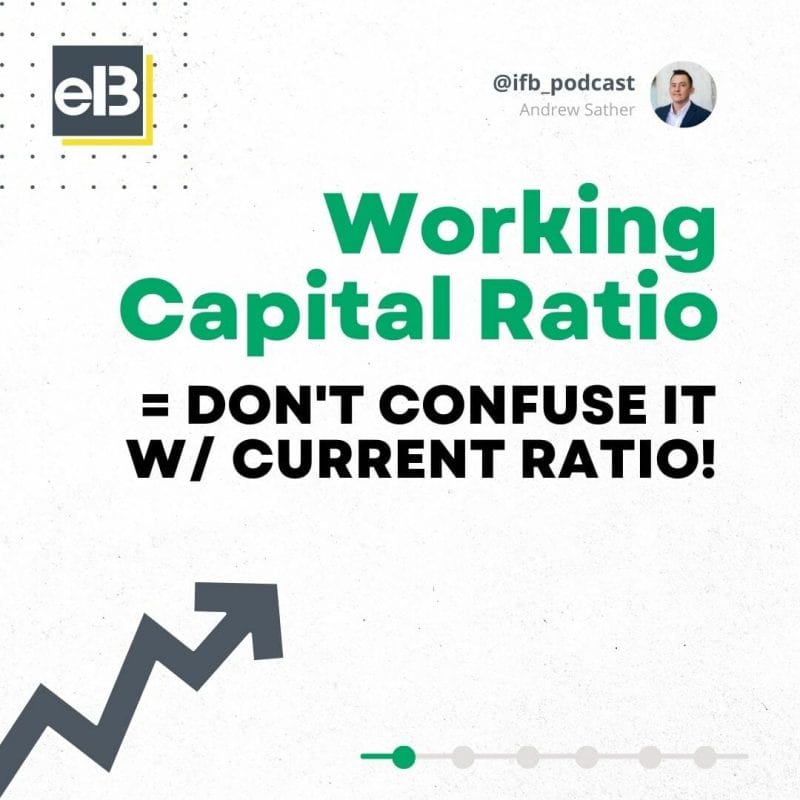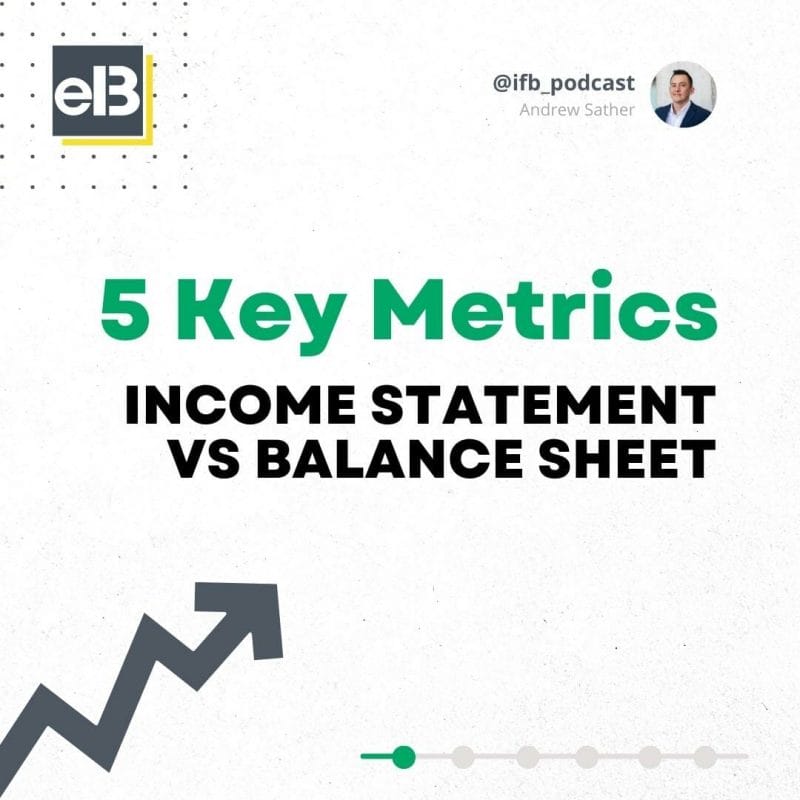Active and Passive Portfolio Management: Pros and Cons [for Average Investors]
Updated: 5/23/2023 There are two major ways to manage an investment portfolio. Active portfolio management means actively buying and selling stocks regularly. Passive portfolio management means passively buying and holding stocks, without much activity. Average investors can also take an active or passive approach. An investor could do passive portfolio management, on a personal level, […]
Calculate Earnings Yield and Return on Capital (Real-Life Example)
Investors looking to chase higher market returns can look to Joel Greenblatt’s book The Little Book That Beats the Market. In the book, Gleenblatt taught about a magic formula. That formula consisted of two distinct parts: earnings yield and return on capital. The way Greenblatt defined earnings yield and return on capital (which are somewhat […]
The 3 Main Elements of Patient Investing: Why It Works
Updated – 12/6/23 The nature of the stock market makes patient investing the BEST investing. Smart people have observed this for many decades. Two easy catch phrases summarize it nicely: “Slow and steady wins the race.” “The tortoise beats the hare.” But being truly patient regarding the stock market can be much harder than it […]
Valuing High Growth Companies – A Common Sense Framework
Learning about valuing high growth companies seems almost like an oxymoron. The stock market clearly has two opposing camps – growth and value – and so the idea of putting a valuation on a growth stock can sound heretical to some. But as Warren Buffett once said, “Growth and value investing are joined at the […]
Working Capital vs Current Ratio – Don’t Calculate WC the Wrong Way!

There’s a subtle difference between working capital and current ratio. Though both can be calculated from the same place in the balance sheet, they are not one and the same. Working capital and current ratio paint two separate pictures about a business. To understand those pictures, we need to know the subtleties of each formula. […]
5 Key Metrics: Balance Sheet vs Income Statement (Example with $AAPL)

Financial statements can look intimidating. There can be many line items. To learn how to navigate a company’s balance sheet and income statement– break it up into sections. In this post, we will chop the financial statements for Apple ($AAPL) into key sections, so you can better understand and learn what’s most important. To start– […]
The 7 Ground Rules for Warren Buffett’s Partnership that Led to 24.5%+ Gains
At a young age of just 25 years old, Warren Buffett had a keen vision on how he would run his partnership and achieve superior returns for investors. He called these principles The Ground Rules. All partners, friends and family had to agree to these terms so they could understand Buffett’s vision. To say that […]
Applying the Lessons of Enron’s Mark-to-Market Accounting Scandal Today
It may be surprising, but companies today are still using the same mark-to-market accounting that led to Enron’s fraud and bankruptcy in 2001. Mark-to-market accounting is a special way to record assets on a balance sheet. I will try to explain the basics as simply as possible. While it’s hard for any investor to predict […]
Guide: How to Read Google Finance
Google finance is a great tool to use in your investing arsenal. It’s a great way to get updated ticker information, as well as news, financials, and other key metrics. You can quickly see past price performance (with this special trick), as well as 1D, 5D, 1M, 3M, 6M, YTD, 1Y, 5Y, and MAX. To […]
How to Calculate Invested Capital for ROIC (the right way)
Do you know how to calculate Invested Capital the right way? Did you know there are two different equations for the same Invested Capital formula, and they mean two different things? I’ve seen the words Invested Capital tossed around lightly many times online, and while the intentions are good, the execution is not. When Invested […]
